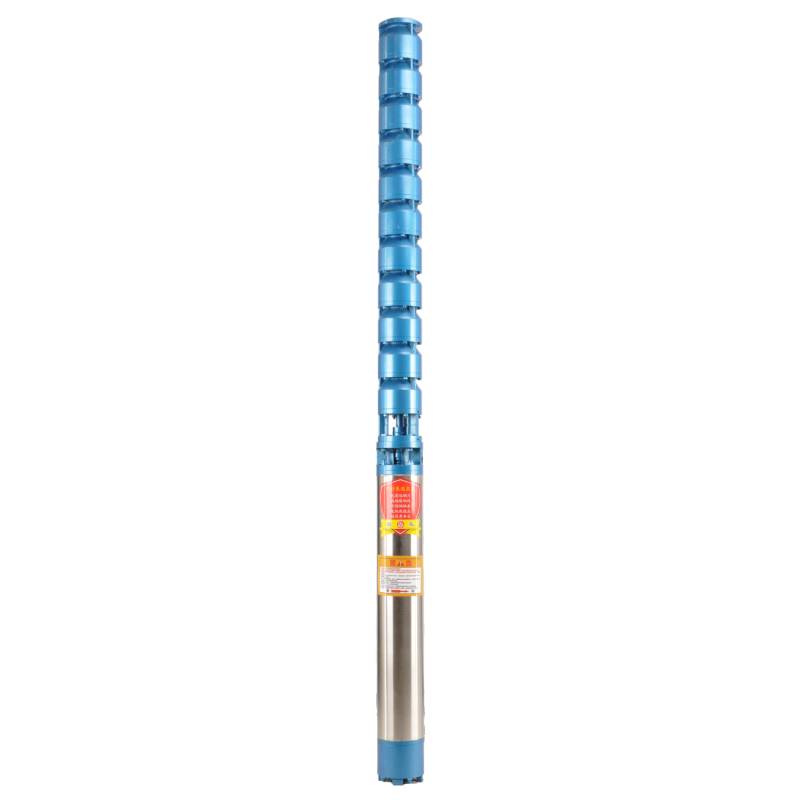Aug . 21, 2024 18:17 Back to list
Pricing for Submersible Motor Pumps in Various Applications and Markets
Understanding Submersible Motor Pump Prices
Submersible motor pumps are essential devices widely used across various industries, including agriculture, construction, and municipal water management. These pumps are designed to operate submerged in fluids, such as water, oil, or chemicals, making them particularly effective for a range of applications—from draining flooded areas to delivering potable water. One of the primary considerations when purchasing a submersible motor pump is its price, which can vary significantly based on several key factors.
Factors Influencing Prices
1. Type and Size The type of pump and its size are critical determinants of price. Submersible pumps come in various configurations, including centrifugal and positive displacement pumps. Larger pumps designed for heavy-duty applications generally cost more due to their robust construction and higher capacity. Conversely, smaller models intended for light domestic use are more affordable.
2. Material Quality The materials used in the construction of submersible pumps also influence their price. Pumps made from stainless steel or high-grade plastic tend to be more expensive than those made from standard alloys. This is due to the enhanced durability and corrosion resistance that high-quality materials offer, which can lead to longer pump life and lower replacement costs over time.
3. Power Rating The motor power rating greatly affects the price of submersible pumps. Higher power ratings (measured in horsepower or kilowatts) typically translate to higher costs. More powerful pumps can move larger volumes of water more quickly, making them suitable for industrial applications or deeper wells. In contrast, low-powered models are more cost-effective for residential use but may not meet the demands of larger applications.
submersible motor pump price

4. Brand Reputation Established brands with a good reputation often charge a premium for their products. However, investing in a reputable brand can provide peace of mind regarding the quality, efficiency, and service support. Lesser-known brands might offer lower prices, but they may come with risks related to reliability and customer service.
5. Technology and Features With advancements in technology, submersible pumps now come equipped with various features like automatic float switches, variable speed drives, and remote monitoring capabilities. These high-tech features can significantly increase the purchase price but may offer greater efficiency and ease of use in the long run.
Average Price Range
The price of submersible motor pumps can vary widely. For small residential pumps, prices usually range from $50 to $500. Medium-sized pumps intended for agricultural or light industrial use can cost between $500 and $2,500. For large-scale industrial pumps, prices can soar to $10,000 or more, depending on the specifications and requirements of the application.
Conclusion
When considering the purchase of a submersible motor pump, it is essential to evaluate not just the initial purchase price but also the total cost of ownership, including installation, maintenance, and operational efficiency. Cheaper options may seem attractive but could incur higher costs down the road due to frequent repairs or replacements. Ultimately, understanding the factors that influence pump prices will empower buyers to make informed decisions that best suit their needs and budget. Investing in a reliable submersible motor pump can lead to enhanced productivity, reduced downtime, and long-term savings in both residential and industrial applications.
-
Submersible Water Pump: The Efficient 'Power Pioneer' of the Underwater World
NewsJul.01,2025
-
Submersible Pond Pump: The Hidden Guardian of Water Landscape Ecology
NewsJul.01,2025
-
Stainless Well Pump: A Reliable and Durable Pumping Main Force
NewsJul.01,2025
-
Stainless Steel Submersible Pump: An Efficient and Versatile Tool for Underwater Operations
NewsJul.01,2025
-
Deep Well Submersible Pump: An Efficient 'Sucker' of Groundwater Sources
NewsJul.01,2025
-
Deep Water Well Pump: An Efficient 'Sucker' of Groundwater Sources
NewsJul.01,2025
-
 Submersible Water Pump: The Efficient 'Power Pioneer' of the Underwater WorldIn the field of hydraulic equipment, the Submersible Water Pump has become the core equipment for underwater operations and water resource transportation due to its unique design and excellent performance.Detail
Submersible Water Pump: The Efficient 'Power Pioneer' of the Underwater WorldIn the field of hydraulic equipment, the Submersible Water Pump has become the core equipment for underwater operations and water resource transportation due to its unique design and excellent performance.Detail -
 Submersible Pond Pump: The Hidden Guardian of Water Landscape EcologyIn courtyard landscapes, ecological ponds, and even small-scale water conservancy projects, there is a silent yet indispensable equipment - the Submersible Pond Pump.Detail
Submersible Pond Pump: The Hidden Guardian of Water Landscape EcologyIn courtyard landscapes, ecological ponds, and even small-scale water conservancy projects, there is a silent yet indispensable equipment - the Submersible Pond Pump.Detail -
 Stainless Well Pump: A Reliable and Durable Pumping Main ForceIn the field of water resource transportation, Stainless Well Pump has become the core equipment for various pumping scenarios with its excellent performance and reliable quality.Detail
Stainless Well Pump: A Reliable and Durable Pumping Main ForceIn the field of water resource transportation, Stainless Well Pump has become the core equipment for various pumping scenarios with its excellent performance and reliable quality.Detail
